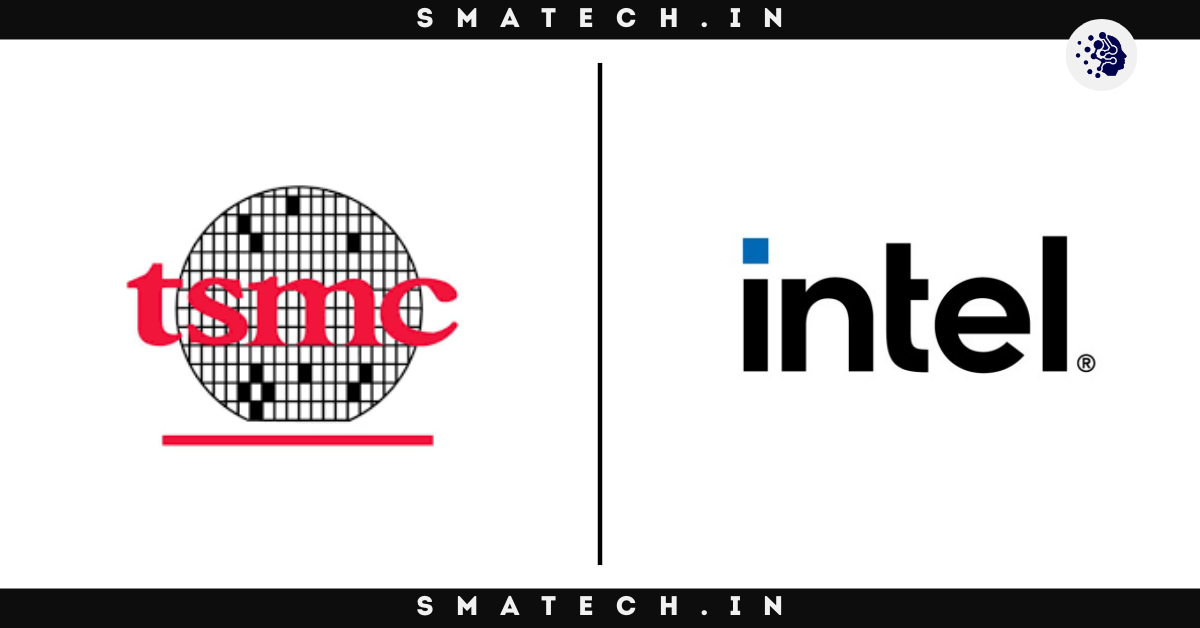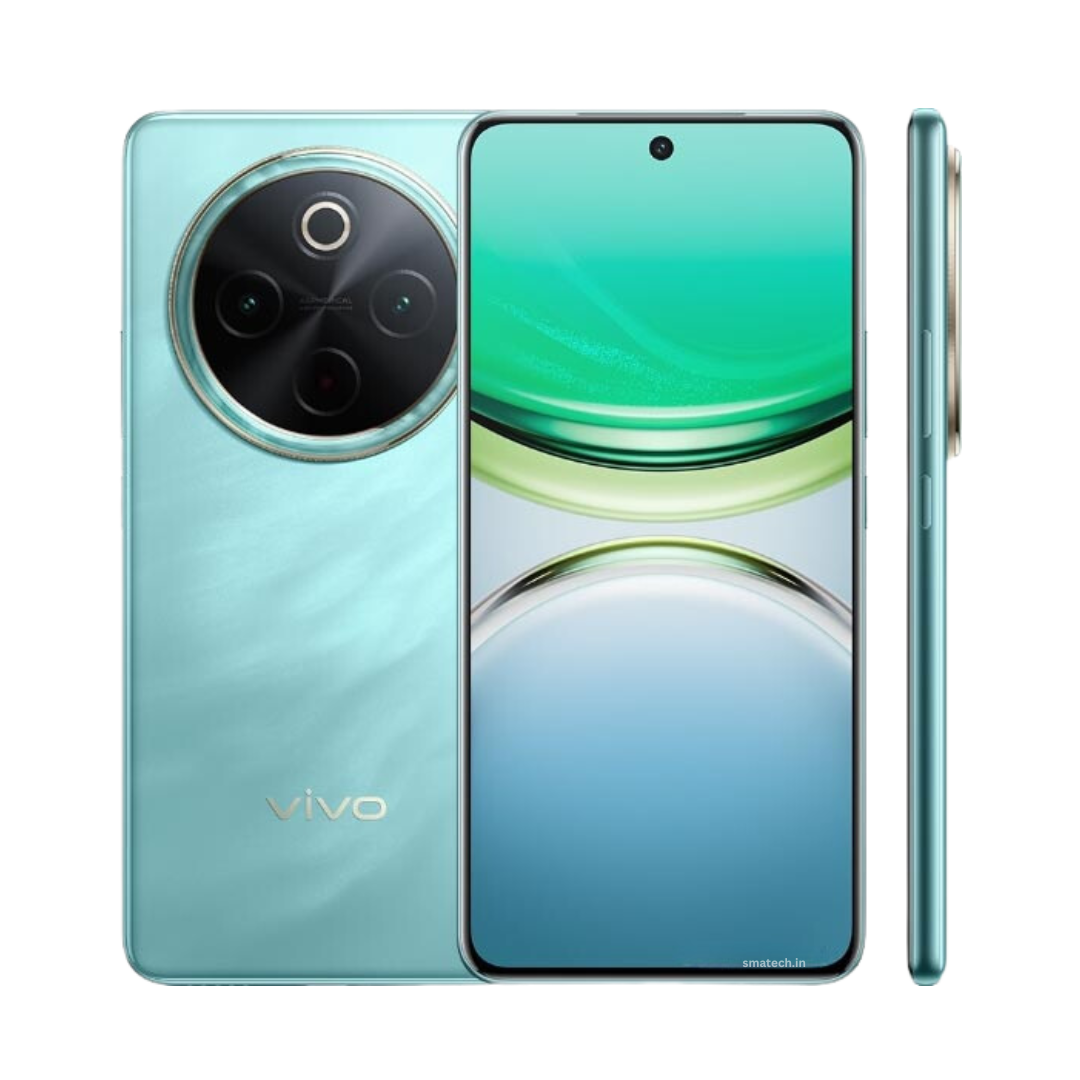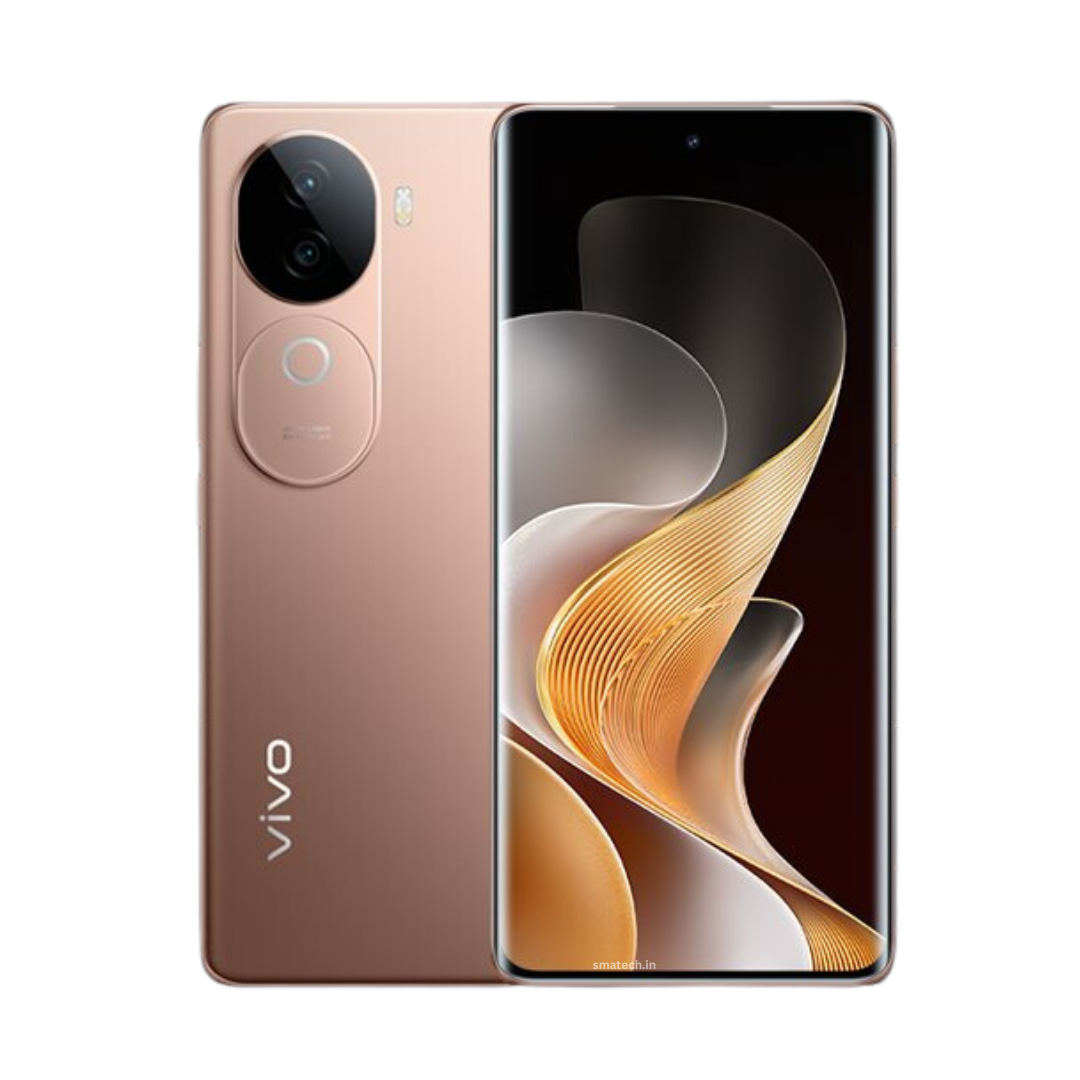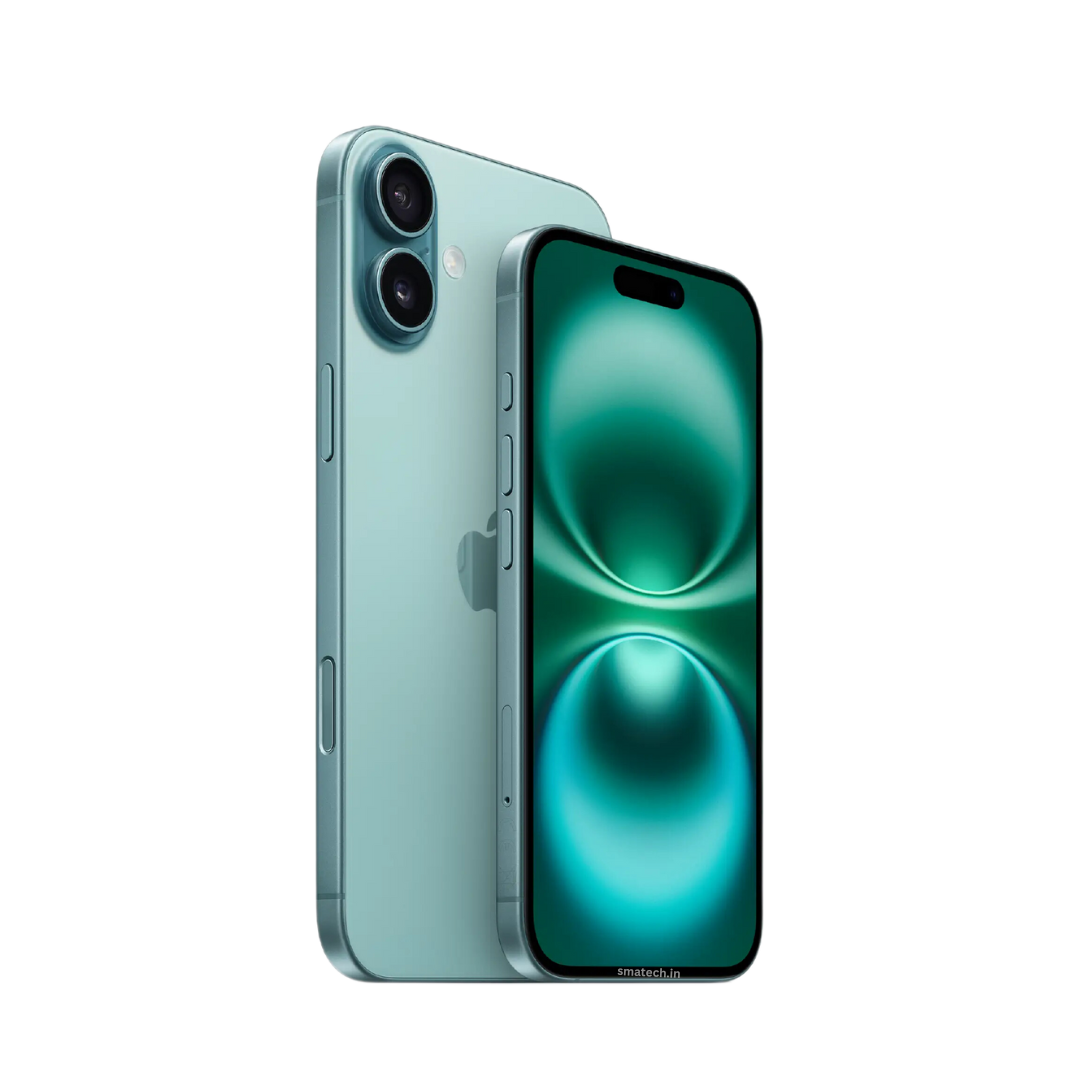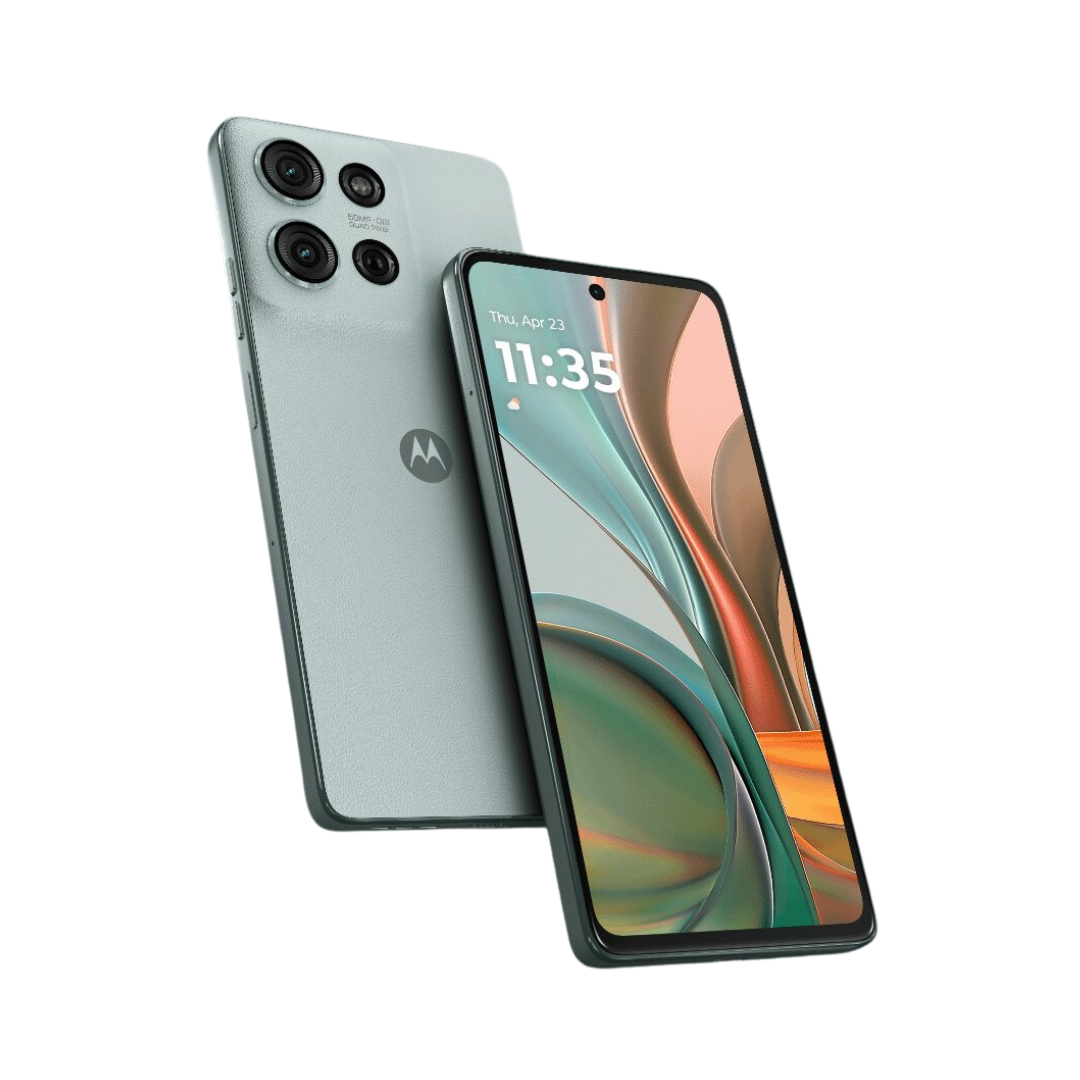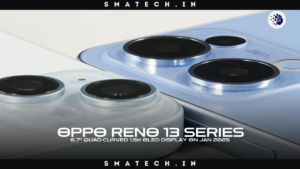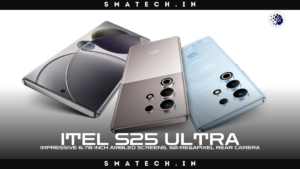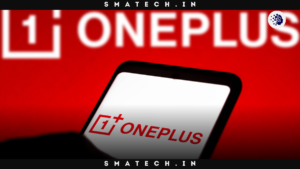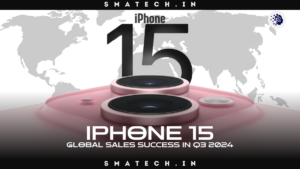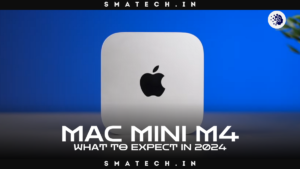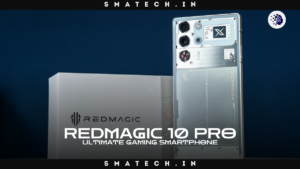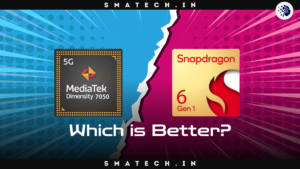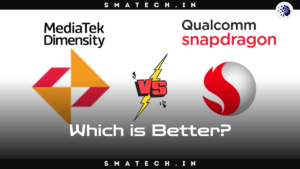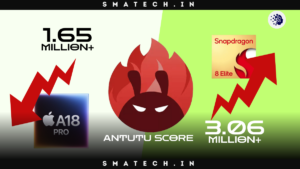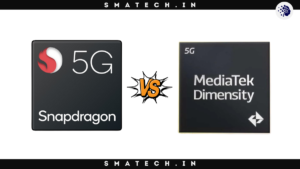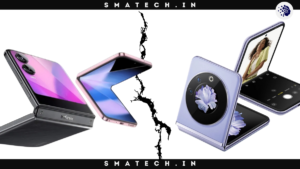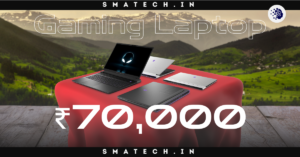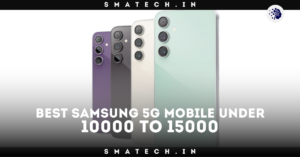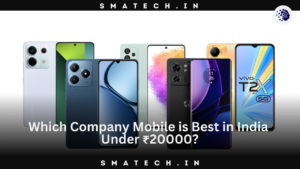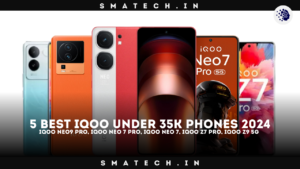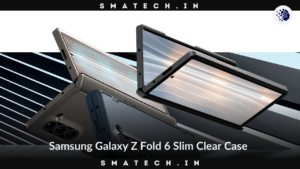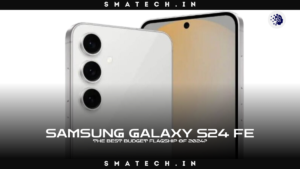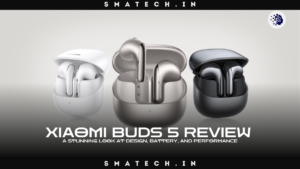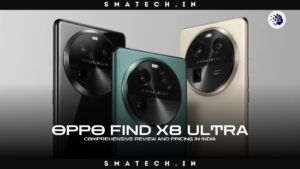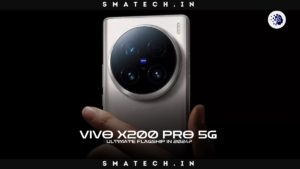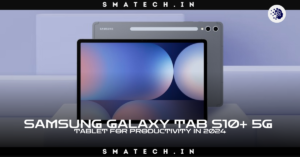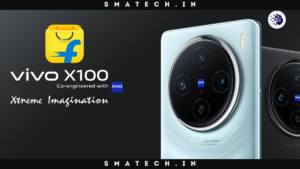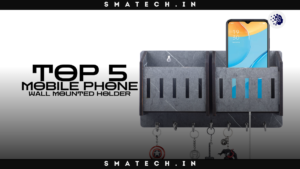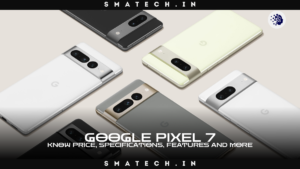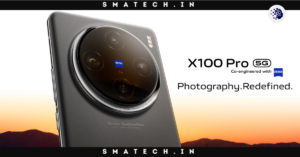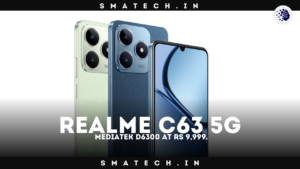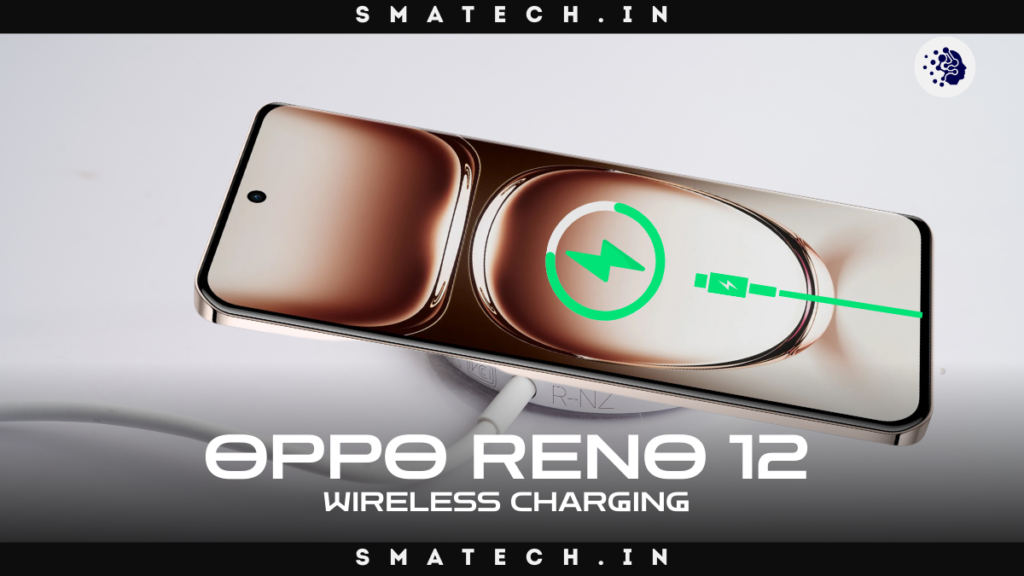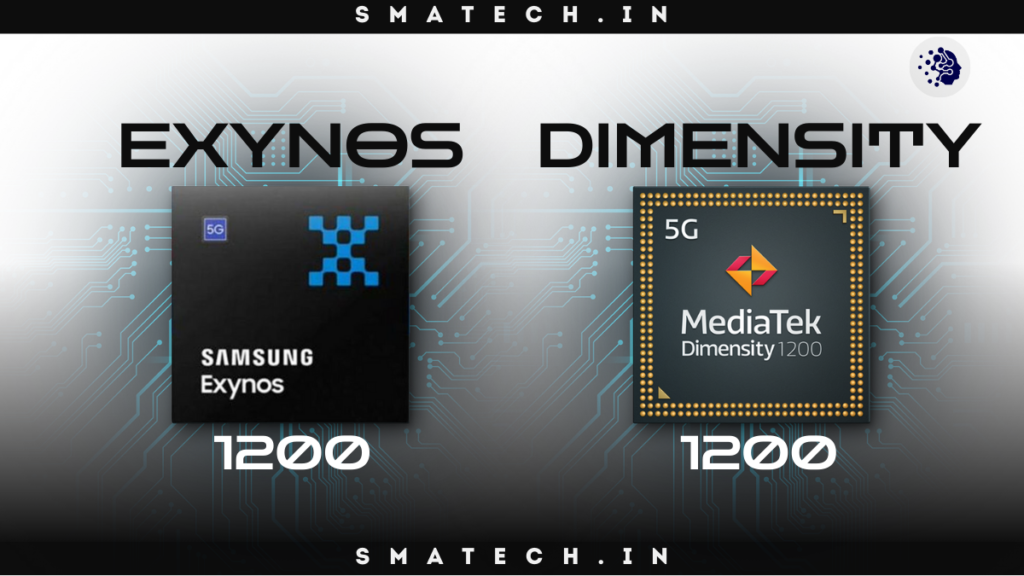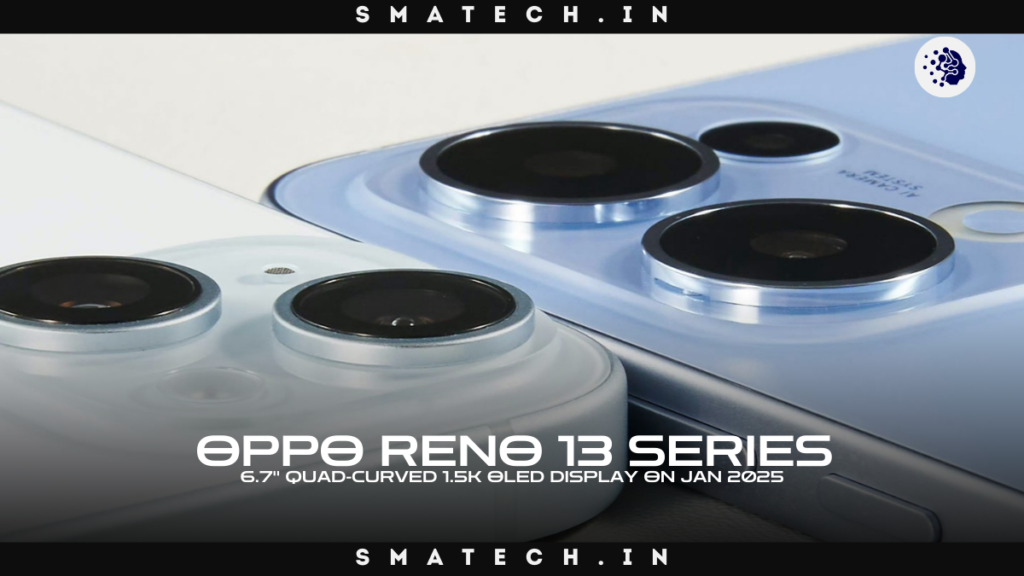Introduction
If you are a tech enthusiast, you must have heard of TSMC vs Intel, the two giants of the semiconductor industry. They are the ones who make the chips that power your smartphones, laptops, cars, and even rockets. But did you know that they are also engaged in a fierce battle to make the smallest, fastest, and most efficient chips ever? This is what we call the process race, or the competition to manufacture chips with smaller and smaller transistors. The smaller the transistors, the more of them you can fit on a chip, and the better the performance, power, and cost of the chip. Sounds simple, right? Well, not quite. TSMC vs Intel.
The process race is not a sprint, but a marathon. It takes years of research, development, and investment to achieve each new process node, or the size of the transistors. The current state-of-the-art is 5nm, which means the transistors are only 5 nanometers wide, or about 20 atoms across. That’s mind-blowingly tiny, but not tiny enough for these companies. They are already working on the next generation of chips, which will be based on 3nm, 2nm, and even 1nm process nodes. Yes, you read that right. 1nm, or one billionth of a meter. That’s smaller than a single strand of DNA. How is that even possible? And more importantly, who will get there first?
That’s the question we are going to answer in this blog. We will compare TSMC vs Intel on various aspects, such as market share, innovation, competition, roadmap, and strategy, and see who has the edge in the race to 1nm. We will also look at the challenges and opportunities that both companies face in this quest. So buckle up, and get ready for a thrilling ride. TSMC vs Intel.
Market share: TSMC leads the pack
Let’s start with the most obvious metric: market share. How much of the global semiconductor market do TSMC vs Intel own? Well, according to the latest data from Gartner, TSMC had a 17.4% market share in 2023, while Intel had a 14.7% market share. That means TSMC was the largest semiconductor company in the world, followed by Intel. But that’s not the whole story. If we look at the advanced foundry segment, which is the segment that produces the most cutting-edge chips, TSMC had a whopping 56% market share, while Intel had a meager 4% market share. That means TSMC was the dominant player in the high-end chip market, while Intel was a minor player. TSMC vs Intel.
Why is that? Well, there are several factors that influence the market share of these companies, such as customer demand, product quality, pricing, and supply chain issues. TSMC has been able to attract and retain a large and diverse customer base, including Apple, AMD, Nvidia, Qualcomm, and many others, by offering them high-quality chips, competitive pricing, and timely delivery. TSMC has also been able to leverage its scale and expertise to achieve high yields and low costs, which translate into higher profits and lower prices. TSMC has also been able to cope with the global chip shortage, which has affected the entire industry, by ramping up its production capacity and investing in new facilities. TSMC vs Intel.
Intel, on the other hand, has been struggling to keep up with the demand and expectations of its customers, especially in the PC and server markets, where it faces stiff competition from AMD and others. Intel has also been suffering from quality issues, delays, and setbacks in its process technology, which have eroded its reputation and market share.
Intel has also been unable to diversify its customer base and product portfolio, as it mostly relies on its own designs and architectures, which limit its flexibility and innovation. Intel has also been facing supply chain challenges, as it has been unable to meet the demand for its chips, and has been forced to outsource some of its production to other foundries, such as TSMC.
The market share of these companies has a significant impact on their future prospects, as it affects their revenue, profitability, and growth potential. The more market share a company has, the more resources and opportunities it has to invest in research and development, expand its capacity, and gain a competitive edge. The less market share a company has, the more pressure and challenges it faces to maintain its relevance, profitability, and growth. Therefore, TSMC has a clear advantage over Intel in terms of market share, and is likely to maintain or increase its lead in the future. TSMC vs Intel.
Innovation: TSMC stays ahead of the curve
Market share is important, but it’s not enough to win the process race. You also need to be innovative, and constantly push the boundaries of technology. How do TSMC vs Intel compare in terms of innovation? Well, according to the latest data from IC Insights, TSMC spent $8.8 billion on research and development in 2023, while Intel spent $13.6 billion. That means Intel spent more than TSMC on R&D, but does that mean Intel was more innovative than TSMC? Not necessarily. Innovation is not just about how much money you spend, but also about how effectively and efficiently you use it. And in that regard, TSMC seems to have an edge over Intel.
TSMC has been able to consistently deliver new and improved process technologies, chip designs, and manufacturing capabilities, that have enabled its customers to create some of the most advanced and powerful chips in the world. TSMC has been the first to introduce and mass-produce chips based on extreme ultraviolet (EUV) lithography, which is a key technology that allows for smaller and more precise patterning of transistors.
TSMC has also been the first to develop and deploy gate-all-around (GAA) transistors, which are a new type of transistors that offer better performance, power, and scalability than the current finFET transistors. TSMC has also been the leader in chip packaging, which is the process of integrating multiple chips into a single package, which enhances the functionality, performance, and efficiency of the chips. TSMC vs Intel.
TSMC in terms of process technology
Intel, on the other hand, has been lagging behind TSMC in terms of process technology, chip design, and manufacturing capabilities, which have hampered its ability to create and deliver competitive chips. Intel has been stuck at the 14nm process node for several years, while TSMC has moved on to 5nm and beyond. Intel has also been facing difficulties in implementing EUV lithography, which has delayed its transition to smaller nodes. Intel has also been slow to adopt GAA transistors, which are expected to be the next standard for chip technology. Intel has also been trailing behind TSMC in chip packaging, which has limited its options and solutions for its customers. TSMC vs Intel.
Innovation has a significant impact on the competitive advantage and differentiation of these companies, as it affects their product quality, performance, and features. The more innovative a company is, the more value and benefits it can offer to its customers, and the more loyal and satisfied they will be. The less innovative a company is, the more vulnerable and exposed it will be to the competition, and the more dissatisfied and disappointed its customers will be. Therefore, TSMC has a clear advantage over Intel in terms of innovation, and is likely to stay ahead of the curve in the future. TSMC vs Intel.

Competition: TSMC faces more challengers
Market share and innovation are important, but they are not the only factors that determine the outcome of the process race. You also need to consider the competition, or the other players in the industry that are vying for the same market and customers. How do TSMC vs Intel compare in terms of competition? Well, according to the latest data from TrendForce, TSMC had a 56% market share in the advanced foundry segment in 2023, followed by Samsung with 18%, and Intel with 4%. That means TSMC was the dominant player in the high-end chip market, but also faced more challengers than Intel. TSMC vs Intel
TSMC faces competition from other foundries, such as Samsung, GlobalFoundries, UMC, and SMIC, which are also developing and producing advanced chips for various customers and applications. TSMC also faces competition from its own customers, such as Apple, AMD, Nvidia, and Qualcomm, which are also designing and developing their own chips, and may choose to switch to other foundries or even build their own fabs in the future. TSMC also faces competition from other industries, such as cloud computing, artificial intelligence, and automotive, which are also demanding and consuming more and more chips, and may pose new requirements and challenges for TSMC. TSMC vs Intel
Intel faces competition from other chip makers, such as AMD, Nvidia, and Qualcomm, which are also creating and selling advanced chips for various markets and segments, such as PC, server, mobile, and gaming. Intel also faces competition from other foundries, such as TSMC, Samsung, and GlobalFoundries, which are also offering and supplying advanced chips to Intel’s customers and competitors, and may erode Intel’s market share and revenue. Intel also faces competition from other industries, such as cloud computing, artificial intelligence, and automotive, which are also demanding and consuming more and more chips, and may pose new opportunities and threats for Intel. TSMC vs Intel.
Competition has a significant impact on the profitability and growth of these companies, as it affects their pricing, margins, and market potential. The more competition a company faces, the more pressure and challenges it faces to maintain. TSMC vs Intel.
Roadmap: TSMC has a clear vision
Another factor that influences the outcome of the process race is the roadmap, or the plan and schedule of developing and producing new and better chips. How do TSMC vs Intel compare in terms of roadmap? Well, according to the latest information from both companies, TSMC has a clear and ambitious roadmap that aims to achieve 1nm by 2026, while Intel has a vague and uncertain roadmap that hopes to catch up with TSMC by 2025.
TSMC has a well-defined and well-executed roadmap that outlines its process node development, chip production, and capacity expansion. TSMC has already started mass-producing chips based on 5nm, and is expected to launch 4nm and 3nm in 2024 and 2025, respectively. TSMC has also announced its plans to develop 2nm and 1nm, which are expected to be ready by 2026 and 2027, respectively. TSMC has also been investing heavily in building new fabs and increasing its production capacity, especially in Taiwan, China, and the US, to meet the growing demand for its chips.
Intel, on the other hand, has a vague and uncertain roadmap that lacks clarity and credibility. Intel has recently announced its new process node naming scheme, which aims to align its technology with the industry standards and regain its leadership position. Intel has also announced its plans to launch 10nm, 7nm, 4nm, 3nm, 2nm, and 1.4nm in 2023, 2024, 2025, 2026, 2027, and 2028, respectively. However, Intel has not provided much details or evidence on how it will achieve these goals, especially given its history of delays and setbacks. Intel has also been struggling to increase its production capacity, and has been relying on external partners, such as TSMC, to supplement its supply.
The roadmap of these companies has a significant impact on their leadership and reputation in the industry, as it affects their ability to deliver on their promises and expectations. The more clear and realistic a roadmap is, the more confidence and trust it can inspire in its customers, investors, and partners. The more vague and unrealistic a roadmap is, the more doubt and skepticism it can generate in its stakeholders. Therefore, TSMC has a clear advantage over Intel in terms of roadmap, and is likely to achieve 1nm sooner than Intel.
Strategy: TSMC focuses on its core business
The final factor that influences the outcome of the process race is the strategy, or the approach and direction of pursuing and achieving the business goals. How do TSMC vs Intel compare in terms of strategy? Well, according to the latest statements from both companies, TSMC has a focused and consistent strategy that concentrates on its core business of foundry services, while Intel has a diversified and changing strategy that covers various aspects of the semiconductor value chain. TSMC vs Intel.
TSMC has a focused and consistent strategy that revolves around its core business of providing foundry services to its customers. TSMC’s strategy is based on three pillars: technology leadership, manufacturing excellence, and customer trust. TSMC’s strategy is to offer the best and most advanced process technologies, the highest and most reliable manufacturing capabilities, and the most flexible and responsive customer service. TSMC’s strategy is to enable its customers to create the most innovative and competitive products, and to share the benefits and risks with them. TSMC’s strategy is to maintain its leadership and differentiation in the foundry market, and to capture the opportunities and challenges in the emerging and growing markets. TSMC vs Intel.
Intel has a diversified and changing strategy that covers various aspects of the semiconductor value chain, such as design, fabrication, packaging, and integration. Intel’s strategy is based on four pillars: process, architecture, memory, and interconnect. Intel’s strategy is to offer a broad and diverse portfolio of products, solutions, and services, that cater to various markets, segments, and applications. Intel’s strategy is to leverage its scale and expertise to achieve cost and performance advantages, and to collaborate with its partners and customers to create value and synergy. Intel’s strategy is to regain its leadership and reputation in the semiconductor industry, and to address the threats and opportunities in the evolving and dynamic markets. TSMC vs Intel.
The strategy of these companies has a significant impact on their sustainability and performance in the industry, as it affects their business model, market positioning, and value proposition. The more focused and consistent a strategy is, the more efficient and effective it can be in pursuing and achieving the business goals. The more diversified and changing a strategy is, the more complex and challenging it can be to manage and execute the business plans. Therefore, TSMC has a clear advantage over Intel in terms of strategy, and is likely to sustain and improve its performance in the future. TSMC vs Intel.
Conclusion: TSMC wins the race to 1nm
We have compared TSMC vs Intel on various aspects, such as market share, innovation, competition, roadmap, and strategy, and we have seen that TSMC has a clear advantage over Intel in each of them. TSMC has a larger and more diverse market share, a higher and more consistent level of innovation, a more dominant and less challenged position in the competition, a clearer and more realistic roadmap, and a more focused and consistent strategy. TSMC vs Intel.
TSMC has been able to deliver and exceed the expectations and demands of its customers, investors, and partners, while Intel has been struggling to keep up and catch up with them. TSMC has been able to maintain and enhance its leadership and differentiation in the foundry market, while Intel has been losing and regaining its leadership and reputation in the semiconductor industry. TSMC vs Intel.
Therefore, we can confidently answer the question of who will win the race to 1nm: TSMC. TSMC has shown that it has the vision, the capability, and the determination to achieve 1nm, and to continue to lead and innovate in the semiconductor industry. Intel, on the other hand, has shown that it has the ambition, the potential, and the resilience to catch up with TSMC, and to regain and improve its position and performance in the semiconductor industry. However, Intel still has a long way to go, and a lot of challenges to overcome, before it can match or surpass TSMC. TSMC vs Intel.
We hope you enjoyed reading this blog, and learned something new and interesting about TSMC vs Intel, and the process race. If you have any comments, questions, or feedback, please feel free to share them with us. We would love to hear from you. And if you want to learn more about the semiconductor industry, and the latest trends and developments, please subscribe to our blog, and follow us on social media. Thank you for your time and attention, and see you next time. 😊

